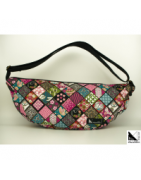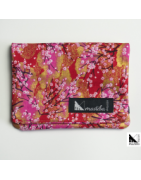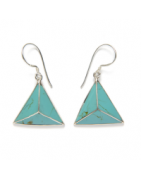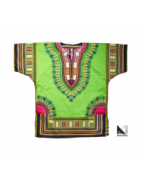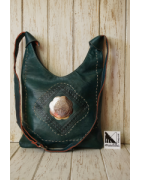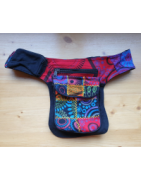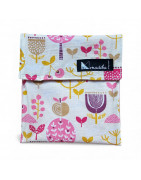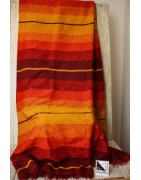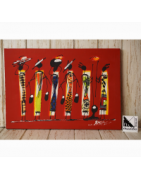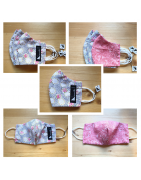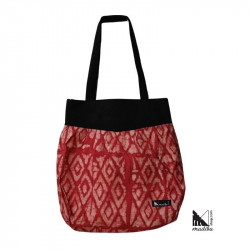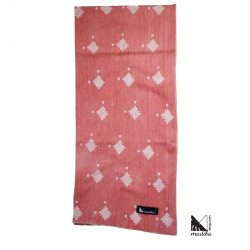The technique for coloring cloth called "batik" is a very laborious dyeing technique that comes from Asia. Actually Batik, is a Javanese word from the voice ‘ambatik’, means “write with wax” in Javanese (from Java Island, in Indonesia). It is known about the existence of the batik in Senegal since 1076, transmitted from Egypt to the Wolof people. The first wax-dyed batik garments were imported to African countries from Indonesia in the 19th century. They had immediate success and it did not take long to learn and adapt the manufacturing technique. The motifs of the traditional motifs of the traditional culture of each country or African zone were introduced very quickly in the designs. For those who know how to read it, the fabric design tells a story, which is often important for those who saw the garment.
The technique of batik was reserved for the women of the aristocracy. One of the reasons was because they had a lot of free time to devote to fabric manufacturing. And as you can imagine it was a rather tedious and slow process.
Usually batik fabrics, it can be said that they deal with everyday life (household chores, family gatherings, men hunting ...). On the other hand, there are also drawings of animals such as giraffes, elephants or antelopes.
What is it exactly?
Batik is a technique performed by hand that is used to paint fabrics and consists of applying wax on areas that do not want to be dyed (reserved areas), so that it does not allow the dye to penetrate during dyeing baths, and is fixed in Unreserved areas. This process can be repeated as many times as desired, allowing colors to be superimposed, thereby achieving a rich variety of nuances.
The property that has the wax of cracking once hardened, allows broken lines to be drawn or cracked. This "cracking" constitutes the differentiating seal of this dyeing technique of similar ones.
Samba and Rob are local artists from the Casamance region in Senegal. They are dedicated to making pieces of cloth and clothing, which he paints by hand with the batik technique.
In Madibashop we love the art that these two artists put in their unique pieces and with them we are dedicated to making our own items, from toiletry bags to handbags and bags. Soon we will also make tablecloths and cushion covers. (At the moment we can manufacture them on request).
.jpg)
.jpg)
.jpg)
.jpg)
.jpg)
.jpg)
.jpg)
.jpg)
.jpg)
.jpg)

